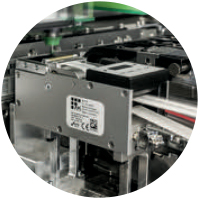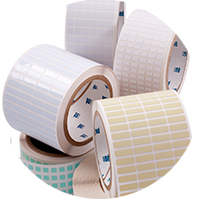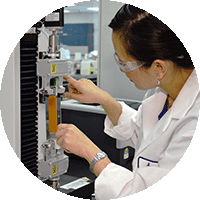Introduction
The printed circuit board (PCB) is the main component in most electronic devices,
such as computers, smartphones, consumer electronics, medical electronics and industrial equipment. Printed circuit boards enable device functionality through electrical signals that travel along tracks on the different PCB-layers. They provide mechanical support and electrical connection between different electronic components.
The various steps that the PCB undergoes before reaching the final electronic circuit
(drilling, soldering, assembly of components, application of finishes etc.) are particularly critical and often carried out under difficult environmental conditions, such as high temperatures, presence of aggressive substance streams or acidic cleaning agents.
Because of this, it is important for PCB manufacturers to ensure long-term traceability
of PCB’s, both during the various production stages and in the after-market.
Effective marking, ensuring long-term legibility through the use of designated PCB labels, helps electronic equipment manufacturers keep track of PCB’s during production, storage and installation. PCB labels are high-performance adhesive labels that contain critical information in an easily accessible format, including PCB origin, production batch number, production date, solder temperature, flux density and more.
Figure 1 shows an example of a PCB label including information such as batch and production date. In this case there is a QR code on the label, although an extremely common solution is that of the traditional bar code.
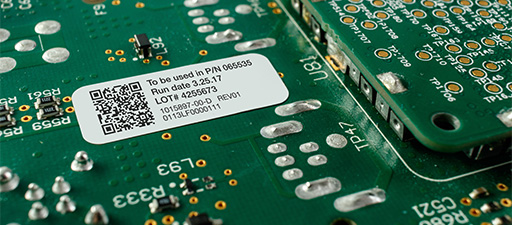
Figure 1: PCB label (Source: Brady Corporation)
The advantage of labels
PCB labels are essential for traceability.
They facilitate PCB traceability during production, assembly and after-sales distribution, show components proceeding through the entire production cycle, and enable manufacturers to integrate the right units into products. In general, PCB-labelling improves management capabilities, increasing production efficiency, inventory management, maintenance and spare parts service.
Traceability data printed on PCB-labels must remain available to allow monitoring of the production process, identification of defective parts, distribution logistics, customer service and the disposal of electronic components.
Traceability becomes an indispensable requirement in highly automated and digitised companies (so-called 'Smart Factories') that operate in an Industry 4.0 mindset.
In 'smart' production, machines generate, analyse and use data to optimise production, increasing efficiency and creating flexible production processes that respond quickly
and efficiently to changes in demand. An Industry 4.0 company uses only interconnected systems that allow sending or receiving data from other systems in the supply chain.
With labels that remain legible throughout the entire production cycle, each PCB becomes
an active part of the smart factory as it is able to send data and information to the production management system, other machines, or the supply chain.
Another advantage is data analysis ('analytics'). By having a large amount of information collected directly on the production line, it is possible to process and analyse it (also by means of artificial intelligence algorithms such as machine learning) in order to improve the efficiency of the production process.
The advantages of PCB labelling can be summarised as follows:
- Better quality control;
- Improved reliability of the final product;
- Better defence against counterfeiting of electronic components or printed circuit boards;
- Optimisation of the production process, resulting in reduced costs;
- Integration with the 'Smart Factory' system, with the additional possibility of using Data Analytics to extrapolate useful information on improving the production process and product quality.
Technology and products
The introduction of SMD components with surface-mount technology has permitted automated assembly of the printed circuit board using SMT (Surface Mount Technology) assembly lines.
This highly complex and sophisticated equipment manages the entire assembly line autonomously. It takes components from appropriate feeders on which the component coils are placed and positions them with extreme precision on the PCB via pick & place machines. Although the manufacturing process of a PCB includes other steps (drilling, soldering, baking, optical and manual inspection etc.), the positioning of components is certainly one of the most critical.
PCB labelling must fully integrate with the SMT production line that can handle labels as if they were normal components (resistors, capacitors, integrated circuits or transistors). In fact, this is exactly what happens.
In principle, two types of PCB labelling can be identified: 'cold' and 'hot' labelling.
With the first technique, 'cold' labelling, a machine prepares and prints the labels.
They are then wound onto a coil in the same way as a normal SMD component and inserted into one of the feeders used by the pick & place machines. For all intents and purposes, the labels are considered a normal electronic component. Their positioning and orientation on the PCB must be appropriately programmed in the CNC system.
Figure 2 shows an SMT-line with a series of feeders that contain electronic component coils in the foreground. Each component, including labels, is picked up by the pick & place machine and placed precisely in its assigned position on the PCB, which advances along the processing belt.
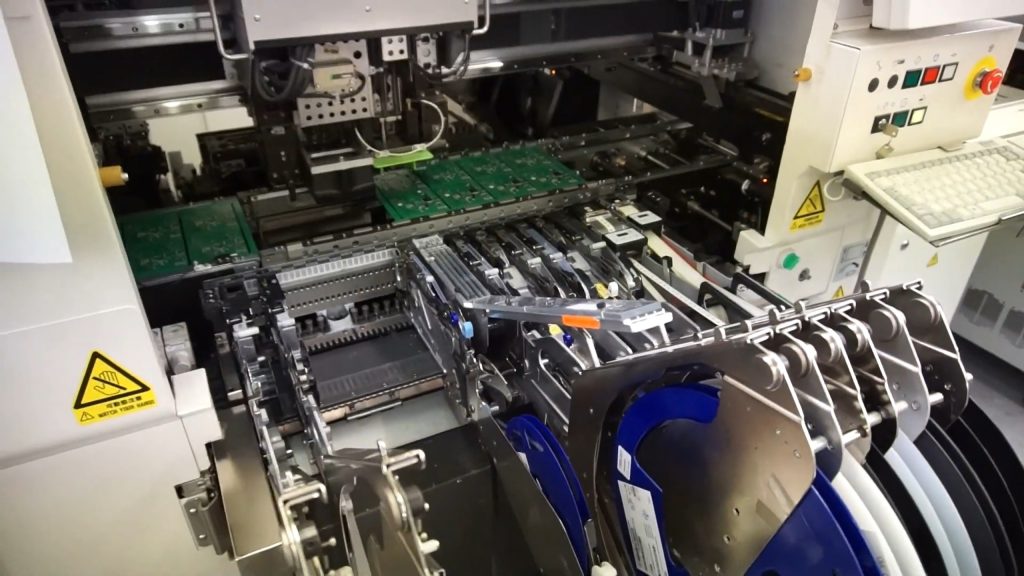
Figure 2: SMT assembly line (Source: Brady Corporation)
With the 'hot' technique, the printer is placed directly on the SMT-line and prints and applies the labels on the PCB in real time ('print and apply' technique). These printers provide exceptionally high performance levels because, in addition to the precision with which they print and position the labels, they must have speeds compatible with PCB feed rates on the SMT-line.
In addition to the equipment, an essential role is played by the materials used to manufacture the labels.
Printability, heat and chemical resistance are the main factors guiding the choice of
PCB-labelling materials.
These labels contain information that is critical to the production process and that, if lost,
can cause disruptions that affect profitability. For labels placed on printed circuit boards to withstand temperature fluctuations, mechanical abrasion and the chemicals used in the PCB production process, specific label materials are needed.
The most commonly used material in these labels is polyimide. Polyimide labels are suitable for high-density barcodes, data matrix codes, QR codes and for alphanumeric identification of printed circuit boards. With high stability over a wide temperature range (up to and exceeding 300°C), this material allows printability at resolutions of up to 600 DPI, with minimum label sizes of 4 x 4 mm.
The Brady solutions
The Brady Corporation is one of the world's leading suppliers of PCB printing, identification and tracking systems. The Brady Corporation, with headquarters in Milwaukee, Wisconsin, is a multinational company with more than six thousand employees worldwide and more than one million customers.
Fare Elettronica had the opportunity to interview Marco Minotti, Local Product Expert of the Brady Corporation, who works in the Italian seat of the multinational company providing sales support.
We asked Marco Minotti a few questions focused on the use of electronic PCB-labelling and the solutions that the Brady Corporation provides in this area.
Fare Elettronica: "What are the benefits of PCB-labelling for an electronic circuit manufacturer?"
Marco Minotti (Brady): "PCB production lines are increasingly advanced and connected to production planning, material and component procurement, and inventory management systems". The objective of companies, all the more so if they are part of the Industry 4.0 programme, is to achieve a high degree of flexibility in the production process, improving efficiency as much as possible. Labelling allows for full traceability of PCB’s during the various processing stages, during warehouse storage and after sales.
As Minotti points out, Brady makes labels that meet the most stringent requirements of PCB production. With a minimum size of only 4 x 4 mm, the labels (also available in other typical PCB formats, rectangular or square, in the size required for the specific application) have a resolution of up to 600 DPI and can contain alphanumeric information, two-dimensional barcodes, QR codes, a.o..
Brady’s solutions also include laser engravable labels. Characterised by high contrast, these labels are easier to read by scanners placed on production lines.
Fare Elettronica: "Can you summarise for us the products that Brady has for printing and applying labels on PCB’s?"
Marco Minotti (Brady): "Brady is highly valued by customers because it offers both manual and automated printing systems that can be integrated with pick & place equipment and SMT-assembly lines. For cold printing, we offer the BradyPrinter i7100, an industrial label printing solution".
With a resolution of 300 or 600 DPI, this printer (Figure 3) can handle more than 70 different types of materials, achieves a print speed of up to 30 cm per second, and can print labels in sizes from 4 mm to 11 cm. The pre-printed labels can then be used in SMT-assembly lines using a feeder that feeds the pick & place machine through a special adapter arm.
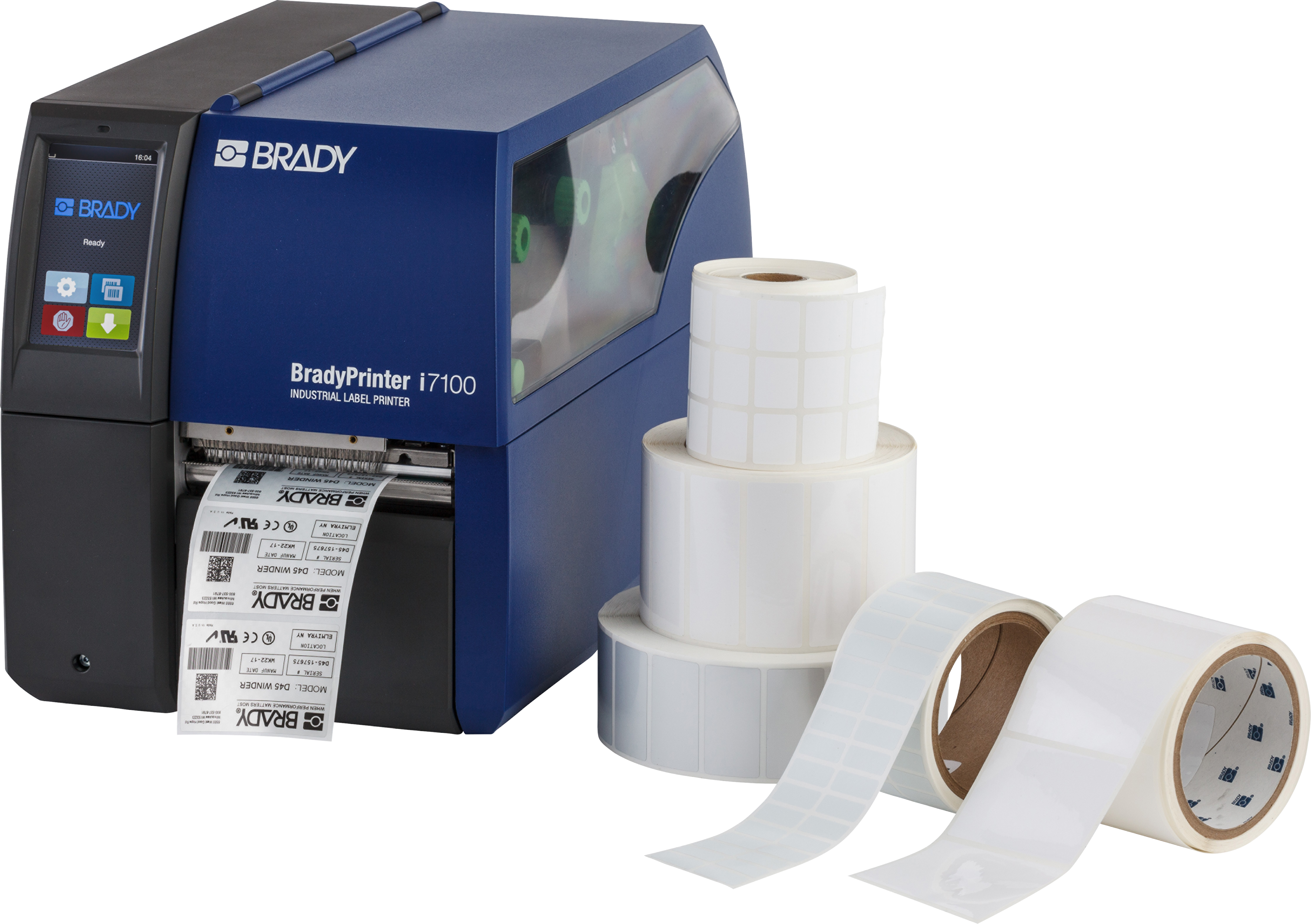
Figure 3: Label printer i7100 (Source: Brady Corporation)
"With the ALF (Automated Label Feeder) series, Brady offers a wide range of feeders capable of automating PCB-labelling by interfacing with pick & place machines. In addition to the feeders (Figure 4), which handle pre-printed labels, the ALF-series includes adapter arms for the main pick & place equipment models (Fuji, Panasonic, Juki, Siplace)", Minotti added.
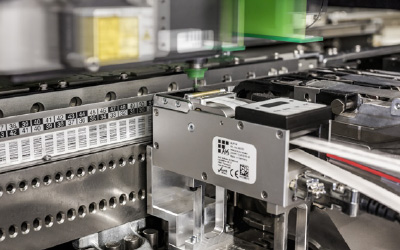
Figure 4: An ALF series feeder integrated in an SMT-line (Source: Brady Corporation)
"For 'hot' printing, our solutions include the A8500 and A8500 FlexCell printers. These solutions automatically print and apply labels to any standard electronic board, single or multiple, in 3 seconds and with an accuracy of 0.1 mm".
As Minotti pointed out, the FlexCell model (Figure 5) was designed specifically to occupy
a cell in the SMT-line. It allows labels to be produced and applied, even on small production batches, containing information generated in real time (e.g. production time). The A8500 series printers print data on-demand from an ERP system and easily integrate into any SMEMA-compliant electronic board production line.
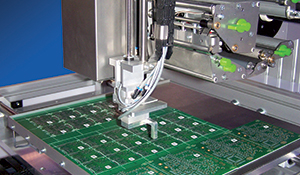
Figure 5: The A8500 FlexCell printer in action on an SMT-line (Source: Brady Corporation)
The BradyPrinter i7100, A8500 Label Printer Applicator and the Flexcell print station are Industry 4.0 certified and subject to relevant tax benefits. The same is also true for their accessories.
In conclusion
PCB-labelling is essential for traceability. Labels facilitate PCB-traceability during production, assembly and distribution operations. They help ensure that components proceed through the entire production cycle and that each individual product is identifiable, even after it has left the factory. By integrating labelling with other business processes, it is also possible to improve business management and to increase production efficiency.
The solutions available from Brady for PCB-labelling have been presented in the article.
A leading provider of identification and tracking solutions, Brady has a complete line of products for printing and applying labels on PCBs, capable of full integration with
state-of-the-art SMT production lines.





